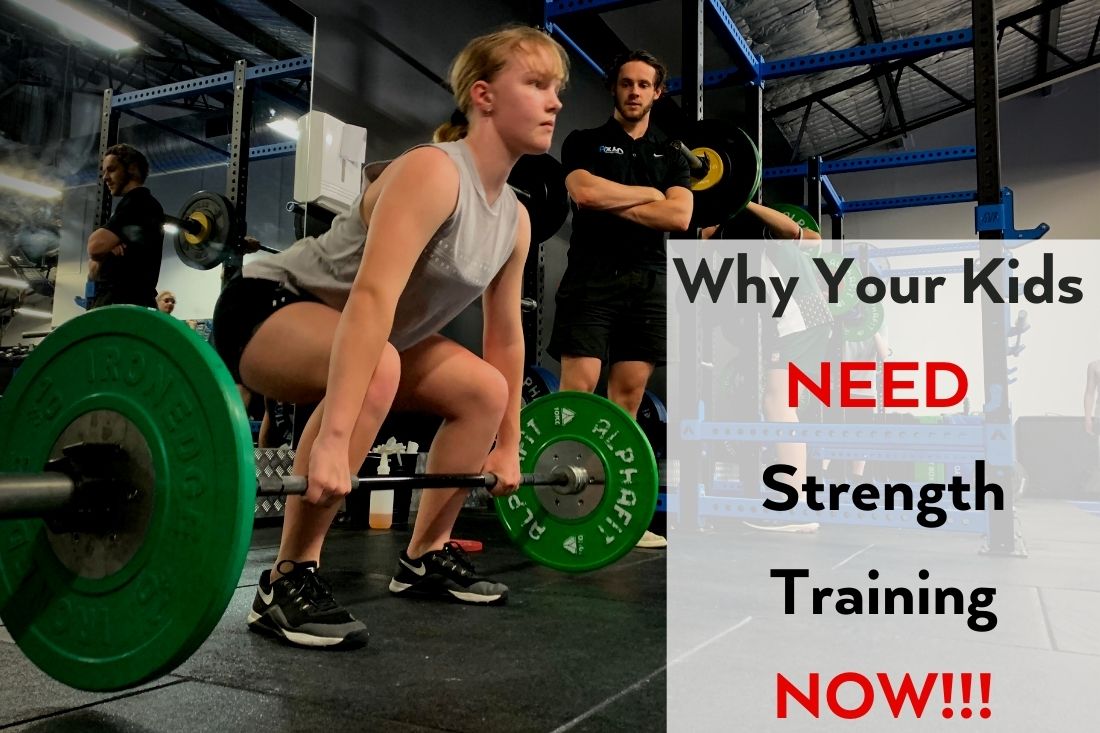Below is a discussion I’ve had in relation to the ‘Long Term Athletic Development’ model that has been a work in progress over many years of research and implementations around the world. When we think about our kid’s development from the younger years, it’s crucial to understand the BENEFIT they will get from strength and conditioning, when implemented under supervised coaching and a well-structured system.
So if your child is 6 years +……the next 4mins of reading might give you a small insight as to the positive impact strength training can have on their future success.
Children (Fundamental/Competency)
Physical literacy/Skills/Enjoyment – building confidence in movements will not only enhance health and enjoyability but reduce the risk of injury. While we also try to improve motor learning difficulties during this stage, there is no research to suggest that neurologically they are more sensitive to training, however, the accelerated brain maturation could be an opportunity to refine motor learning difficulties and further increase athletes competence. The transferability of the simple RUN, JUMP, and THROW will open more opportunities during the “sampling years” (trying different sports), allowing potential ‘specialised’ (more time into 1 sport/position) and ‘investment’ years to yield elite performance levels.
Youth (Training to train)
Physical Development – while literature shows the largest physical gains around ‘peak height velocity’ (think growth spurt), there were also potential windows of opportunity seen around the age of 7-9 for speed, strength and co-ordination development. Findings that supported the role of coordination and neural control in speed development prior to maturation suggest that this could also be something we consider developing in the Fundamental stage, depending on biological age, mental/cognitive development and emotional development. Although I myself agree with not designing a program in accordance with windows of opportunity, rather understanding that there may be periods of maturation where we see these accelerated adaptations. Subjectively I have seen this first hand….working with 8-12 year old’s over the past 2 years. Developing 8 year olds with high physical literacy, high level sporting skills and some with/without motor skill learning difficulties. I don’t see ‘holes’ in the LTAD, I see more OVERLAPS. Speed and strength considerations to take into account; growth spurts and hormonal changes. The potential effect on motor skills (adolescent awkwardness…….seen this first hand MANY times) and speed may develop at different rates, however, it is evident that strength development is CRITICAL during this period. A final IMPORTANT consideration during a period with complex changes is TRAINING LOAD/RECOVERY. Younger athletes going through biological, neural, emotional and biomechanics changes need REST
Environment – I really liked Michael’s consideration of influence from family/social groups. If we think in terms of children coming up in the modern age this is the one consideration that the LTAD can go into more depth. When we look into the mental and emotional development of our youth athletes it’s important to provide an environment that gives them the best chance to succeed (i.e at P360 we try and build kids through the ‘Self Determination Theory’….and first hand I can share a huge success. We know through this model autonomy and competence elicit accelerated adaptations through more efficient motor patterns.
*Once we get our kids through these stages, we then move into our more specialised, “competitive” development. This is a massive topic to dive into, so we shall leave this for another blog down the track. However here are some key points to consider:
Student (Training to compete)
Sport/position specialisation
Mentality/competitive environment
POST PHV (Peak Height Velocity) strength development
This is just ‘scratching the surface’ when it comes to all the considerations we must take with long term athletic development. However, I believe these should be enough to justify the significance of getting your kids into a well-designed strength and conditioning system.
Author Coach/Junior Athlete Coordinator Callum Maggs

